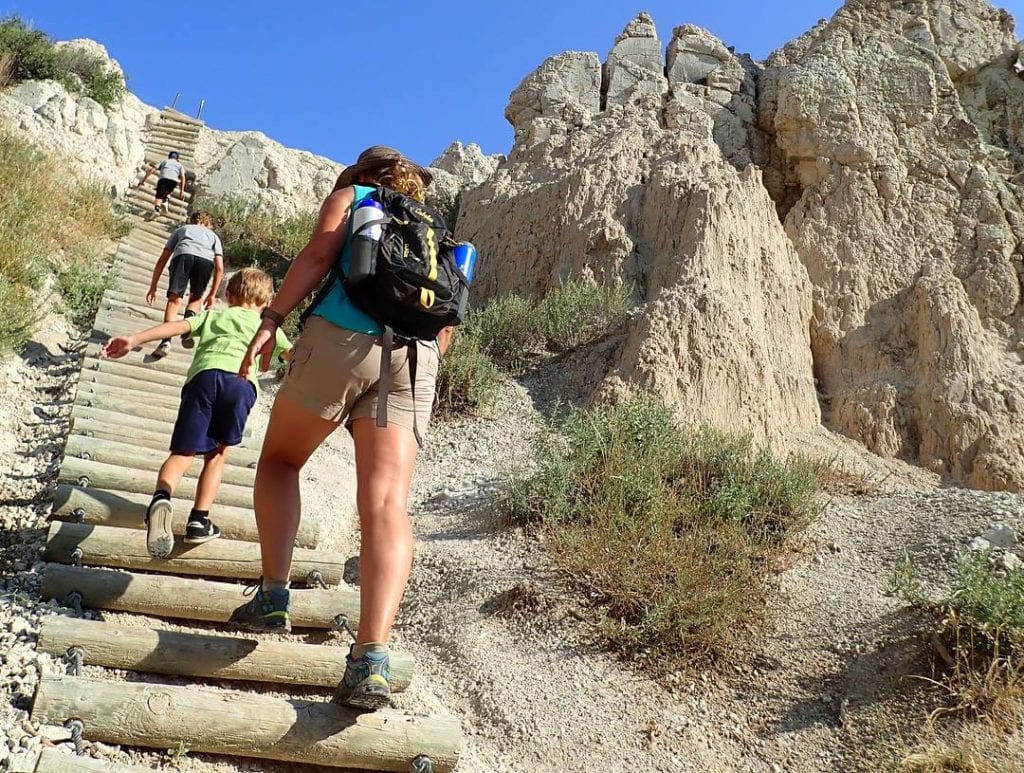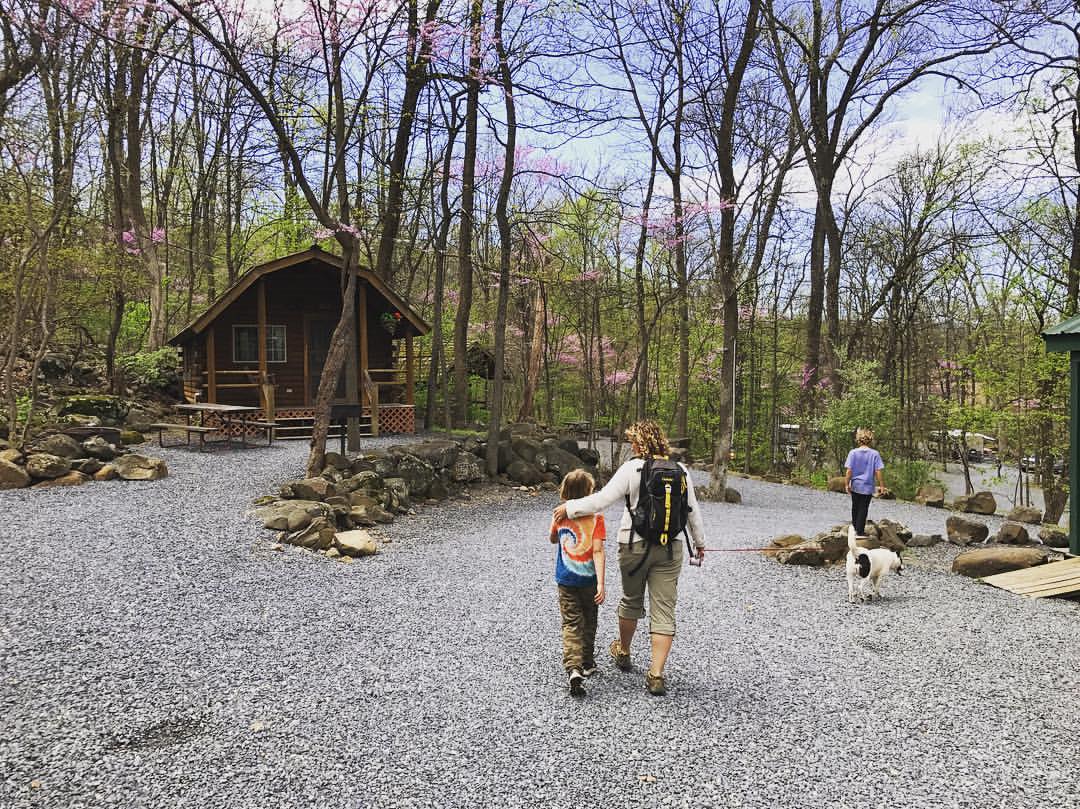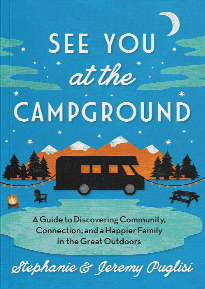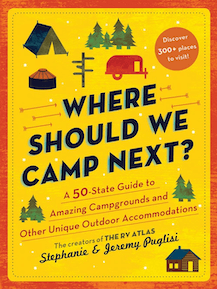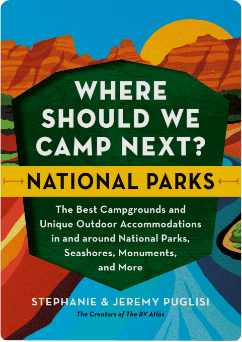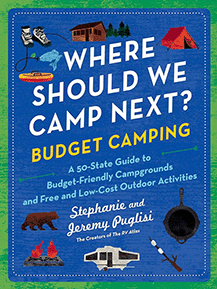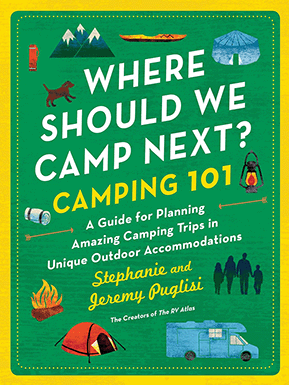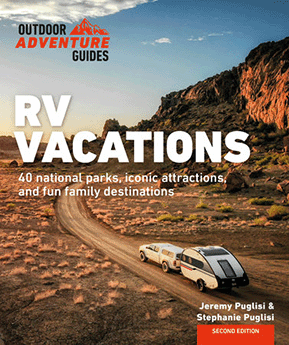Accidents happen, both at home, on the road, and at the campground. Being prepared with first aid basics, both the knowledge and the supplies, can make all the difference in the world. We have three active boys, and there’s nothing we love more than having outdoor adventures. So we knew we needed to freshen up our first aid know how.
Lucky for us, Sara Hubbell, Nurse Practitioner and Assistant Professor at the UNC Chapel Hill School of Nursing, agreed to give us own introductory course on this episode of the RV Family Travel Atlas podcast. We’ve written out some of her most important tips in the article below, but make sure you take a listen and soak in all her expert advice.
Disclaimer: Dr. Sara Hubbell did not appear on our podcast as a representative of the University of North Carolina. She just volunteered her own spare time to contribute awesome content for the RVFTA community…and we sure do appreciate that!
First Aid Basic: What You Need to Know
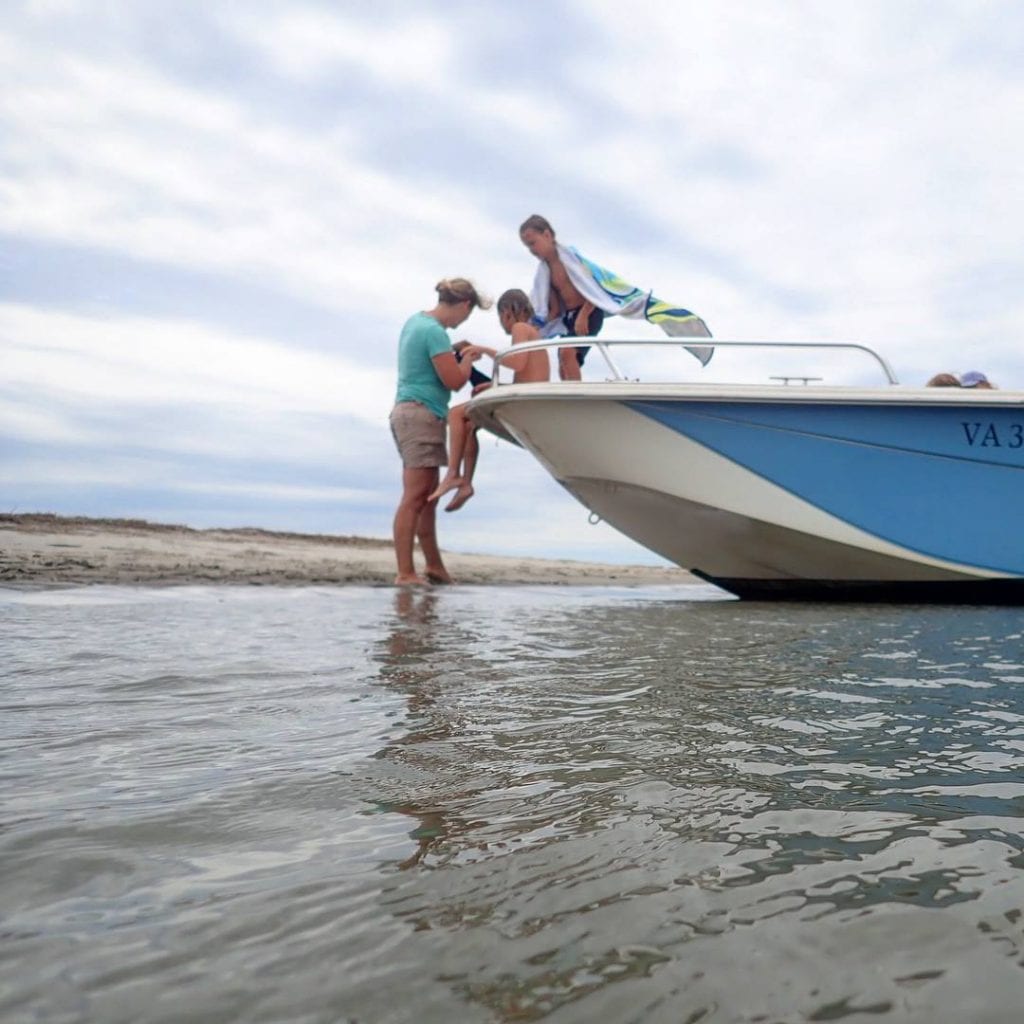
Sure, many of us travel with a first aid kit or two that we bought online. But do we actually know what to do when we encounter poisonous plants, splinters, or snake bites? Sara takes us through the most common first aid emergencies, and tells us exactly what to do. And maybe more importantly…what not to do. Here’s a basic rundown of the topics covered. For more details, take a listen to the episode on your favorite podcast player, or just hit the play button above!
Wound Care
Make sure you wash your hands before cleaning out any wounds. Clean with potable water only. Apply bacitracin ointment, and then a clean bandage. Avoid hydrogen peroxide or alcohol.
Blisters
Prevention is always preferable, so apply Moleskins to the area if you feel a blister coming on. If you already have one, don’t pop it! Just clean the area, dry it, and cover with a bandage for protection. If the blister does open or peel, make sure you treat it according to the above wound care guidelines.
Splinters
A small splinter that isn’t bothersome can work it’s way out by itself over time. Otherwise, clean a pair of sharp tweezers and gently pull it out. If necessary, you can take a sterilized needle and gently run it along the skin to access the splinter. If you do use a needle, make sure to treat the area as a wound afterwards and clean and dress accordingly. After removal, watch out for signs of infection. Sara notes that splinters can be like icebergs with more under the surface than you can see.
Sprains/Strains
Check first if the injured party can move the limb. If so, try simply applying an ace bandage. Make sure you don’t apply it too tight and cut off circulation. Use the RICE method for treatment: Rest, Ice, Compression, and Elevate above the Heart. (We didn’t know that acronym before this episode, so now we feel like first aid smarty pants.)
If the area doesn’t show signs of improvement within a week, definitely see a medical professional.
Sunburn
The most important thing with sunburn is to always aim for prevention first. Wear hats, long-sleeves, and rash guards whenever possible. However, we all know sunburns can happen even when we spend our lives slathering on the sunscreen. In that case, apply cool water or aloe vera to sooth the skin. Stay hydrated. You can also take an anti-inflammatory like Ibuprofen if you aren’t allergic. If there is any blistering at all, DON’T pop the blisters. And make sure to cover the sunburn to avoid addition sun exposure while it heals.
Poisonous plants
The most important thing we learned in this part of our conversation was that the oils of poisonous plants can get on fabric, clothing, and even car seats. Plus, reaction to oils can take up to two weeks to emerge! Wash everything thoroughly after exposure. Apply a cold compress to ease discomfort. Sara particularly recommends Domeboro soothing powder, which can provide relief from poison oak, poison ivy, and other plant-induced rashes. Whatever you do, don’t take the age old advice of using diluted bleach or hydrogen peroxide. We’ve been schooled.
Snakes
Being well informed is most of the battle when trying to avoid snake bites while traveling. Research the destination ahead of time to find out both non venomous snake and venomous snakes in the region. Abide by all guidelines recommended by the rangers when hiking in an area. If you do get a bitten by a snake, you need to seek professional medical care right away.
If you suspect you’ve been bitten by a venomous snake, call 911. Then keep calm to reduce to slow blood circulation. Wash the area with potable water. Don’t cut or try to suck the venom out like you see in the movies.
Ticks
Use those handy dandy sharp tweezers to grasp as close to skin as possible and pull firmly away. Wash the area with potable water and soap. Watch for signs of infection like rashes or flu like systems. One of the most interesting parts of this segment was our discussion about Alpha-gal allergy (a mammalian meat allergy) which can result from tick bites and causes an allergic reaction to red meat. Learn more about this allergy here. If you suspect the tick has been attached for more than 48 hours, seek medical care since you might need medication.
Insect bites
Use sharp tweezers (these seem to come in handy for first aid!) to remove the stinger, if present. Wash the area with soap and water. Watch for signs of infection and/or allergic reaction. These signs might include redness, tenderness, tingling of the tongue, and an itchy or swelling throat.
Cough/Cold
Our moms were right. The best way to fight a cough or cold is to stay hydrated and get a lot of rest. Period.
Elevation Sickness
If you have ever experienced elevation sickness, you know how very serious it can be. Prevention is obviously your best strategy. Stay extremely well hydrated in advance of going up into a higher elevation. If you start to feel a headache, nausea, or dizziness, descend to a lower elevation immediately.
Allergies
If you suspect an allergic reaction, watch for hives, redness, a raised rash, shortness of breath, or itchy throat. Do not hesitate to call 911 because time is not on your side with allergies. If its just a light reaction, use an antihistamine to relieve systems. Make sure to notify your heath care provider in any event, so that its on your medical record. This information might be useful with future reactions.
Chest Pain/Stroke Symptoms
People sometimes push themselves beyond physical capacity. Know the signs of a heart attack including chest pressure, shortness of breath, jaw pain or radiating arm pain. Women sometimes describe symptoms that are more like heartburn. The best thing to do is call 911 immediately. If you have it available, give the person two baby aspirin to chew.
For Strokes remember FAST http://www.stroke.org/
First Aid Basics: Resources
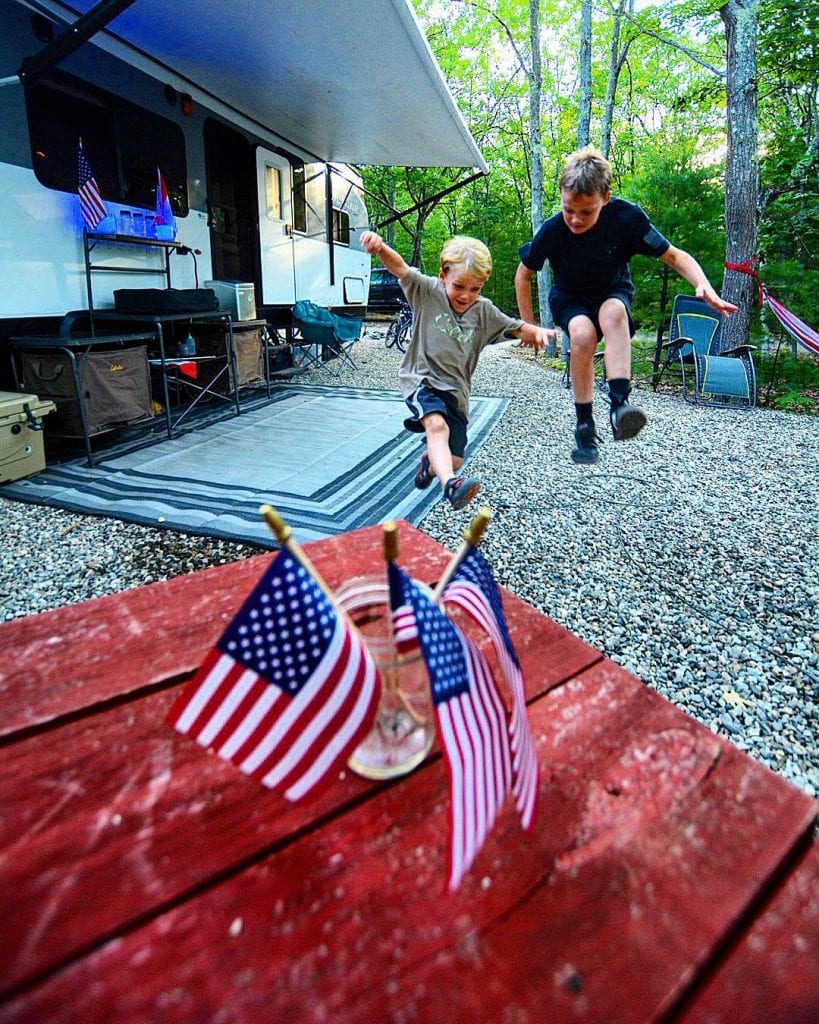
Sara also gave us a bunch of online resources to help us learn more first aid basics about keeping ourselves and our families safe at home and on the road.
You can check out The American Heart Association offers a first aid course here.
And the American Red Cross has a bunch of training and certification classes here. Plus, they specifically offer a wilderness and remote sports first aid class here.
If you want to put together (or update) your own first aid kits after listening to this episode, here are the ones that Sara recommends:
- https://www.redcross.org/get-help/how-to-prepare-for-emergencies/anatomy-of-a-first-aid-kit.html
- https://www.mayoclinic.org/first-aid/first-aid-kits/basics/art-20056673
- https://www.rei.com/learn/expert-advice/first-aid-checklist.html
If you want someone else to do the heavy lifting, here’s a good first aid kit that you can order: https://www.adventuremedicalkits.com/
First Aid Basics: Seeking Medical Care on the Road
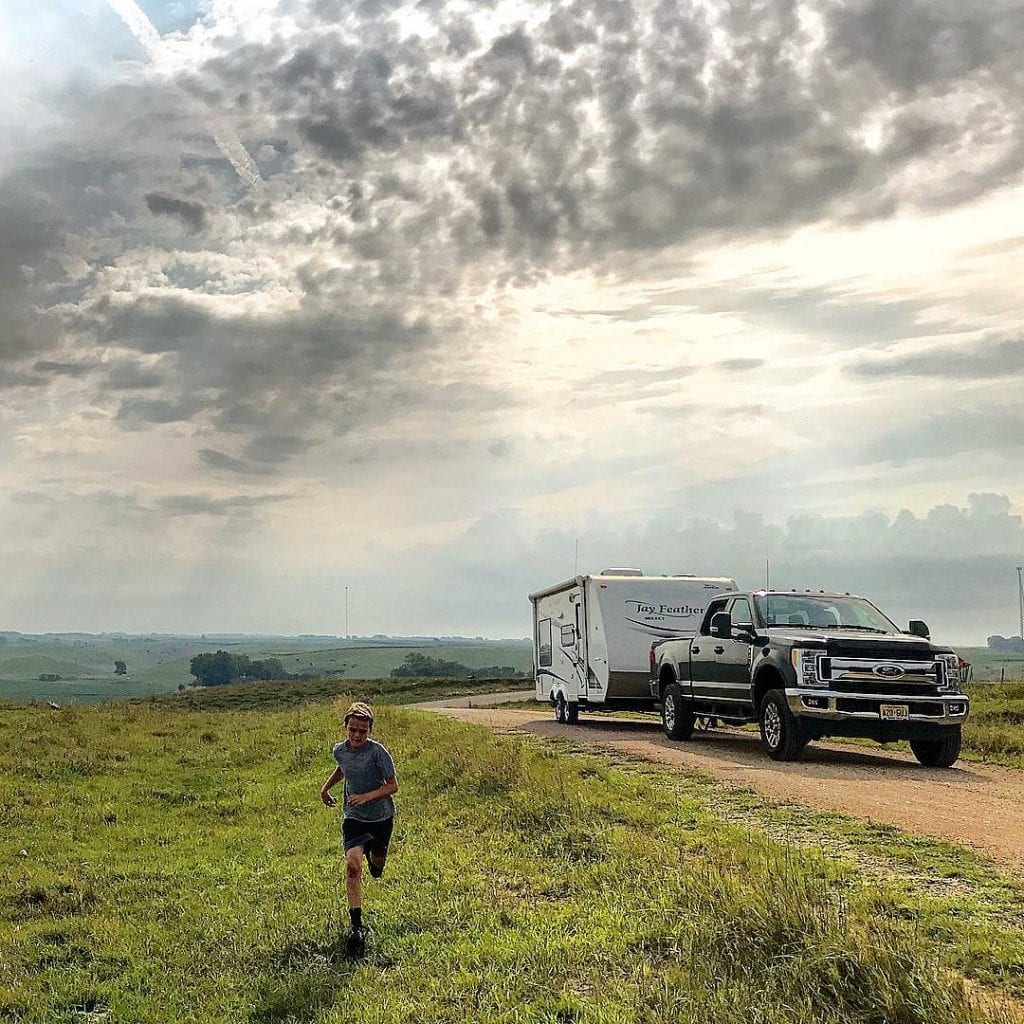
Sometimes it can be tricky to know what to do when a medical situation arises while traveling. Sara broke down all of our options and gave us tips for the circumstances in which we should use these different resources.
You can either…
- contact your PCP
- Find a nearby Retail Health location
- Use Urgent Care
- Go to a nearby emergency room
- Contact 911
Take a listen to the episode to hear examples of medical situations that may call for these different resources. We particularly appreciated the list of retail health providers that Sara offered. We weren’t aware that these were so readily available:
- MinuteClinic – https://www.cvs.com/minuteclinic
- Take Care – https://www.walgreens.com/topic/pharmacy/healthcare-clinic.jsp
- Little Clinic – https://www.thelittleclinic.com/
- RediClinic – https://www.rediclinic.com/
- Walmart Care Clinic – https://www.walmart.com/cp/care-clinics/1224932
Having this list handy will aid in a quick google search when traveling.
And lastly, make sure that your kids are trained in how to make an emergency call on your cell phone.
We feel so much more prepared to stay safe and healthy on the road after this wonderful First Aid Basics lesson from Dr. Sara Hubbell. We hope you do as well.
See you at the campground!
Stephanie + Jeremy
P.S. Stocking up a new trailer? Check out our gear guides here…
